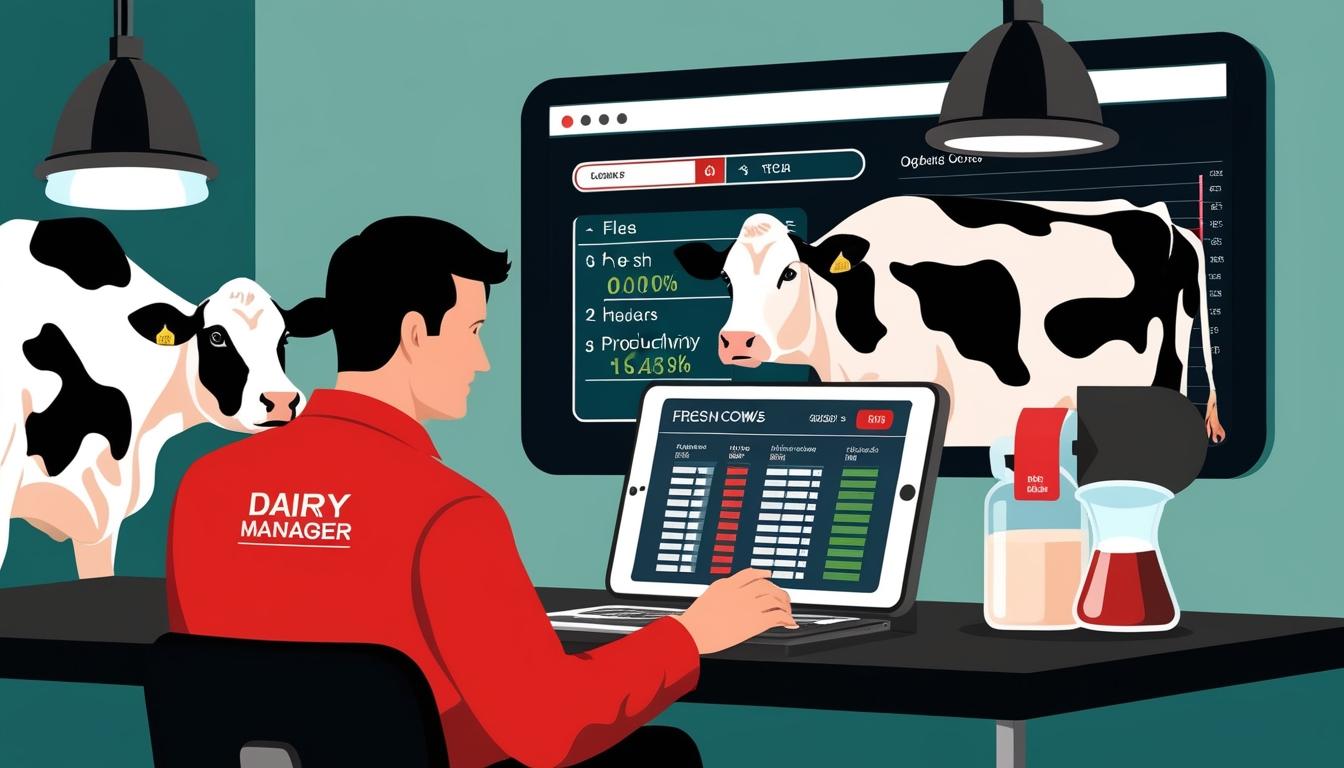In the context of ongoing challenges within the dairy industry, a recent report from the USDA has drawn attention to the significant decline in dairy replacement heifer numbers, which have fallen nearly 15% over the past six years, now reaching a 20-year low. This decrease raises critical concerns around the sustainability and productivity of dairy herds. As the number of replacement heifers declines, implementing a robust fresh cow programme has become increasingly vital.
At a seminar held recently in Madison, Wisconsin, Craig Walter, a senior educator at VAS, emphasised the importance of data-driven insights in managing dairy herds, particularly fresh cows. “To give fresh cows the best start, monitor them before they freshen and focus on proactive actions. When challenges arise, be prepared to react quickly,” Walter noted.
Key strategies for optimising fresh cow management include building an accurate data foundation, swiftly identifying and addressing emerging problems, and adopting a proactive approach based on data analytics. Accurate and timely data entry is described as critical for effective management. Walter provided an illustrative example from his work with a dairy farm that experienced a ketosis rate of nearly 70%. After a comprehensive review of the data, it became apparent that preventative care, which was being misclassified as a health event, was the underlying issue. Adjustments to their management protocols led to a return to normal ketosis rates.
In order to manage fresh cows effectively, the incorporation of herd management software, such as DairyComp, has been recommended. This type of software provides real-time, customizable reports that can help dairy managers spot deviations early on, before they escalate into significant health challenges. Walter explained, “By customizing these weekly reports, you can focus on critical areas like activity monitoring, rumination, and health events such as mastitis and milk fever.”
Monitoring the health and productivity of fresh cows is particularly critical during the initial 30 days post-calving. By utilising software features that provide health-focused insights, dairy managers can stay informed about the health trends of their herd, facilitating early interventions when necessary. Regular alerts are designed to inform all relevant personnel about any health events that might exceed established thresholds.
Proactive management strategies are encouraged for their potential to facilitate smoother transitions for fresh cows, as well as speedy recoveries and lasting contributions to herd productivity. Walter articulated the importance of historical data in identifying cows that may be more susceptible to health challenges during their transition, “Customization is the best thing in herd management software,” he stated, advocating for the generation of custom reports that track past health events to identify at-risk cows.
Additionally, the implementation of hospital and worklists has been highlighted as an effective organisational tool. This allows dairy managers to focus their attention where it is most needed. For example, a farm previously used manual methods for assessing fresh cows; however, by shifting to a structured checklist facilitated by herd management software, they have been able to enhance monitoring and streamline overall management workflows.
As the dairy industry continues to adapt to these emerging trends, it appears that the emphasis on accurate data, rapid response to health challenges, and proactive management will play crucial roles in sustaining productivity and profitability. VAS, as a provider of connected farm management systems for over four decades, positions its software as a pivotal resource for dairy producers aiming to meet contemporary management challenges in 2025 and beyond.
Source: Noah Wire Services
